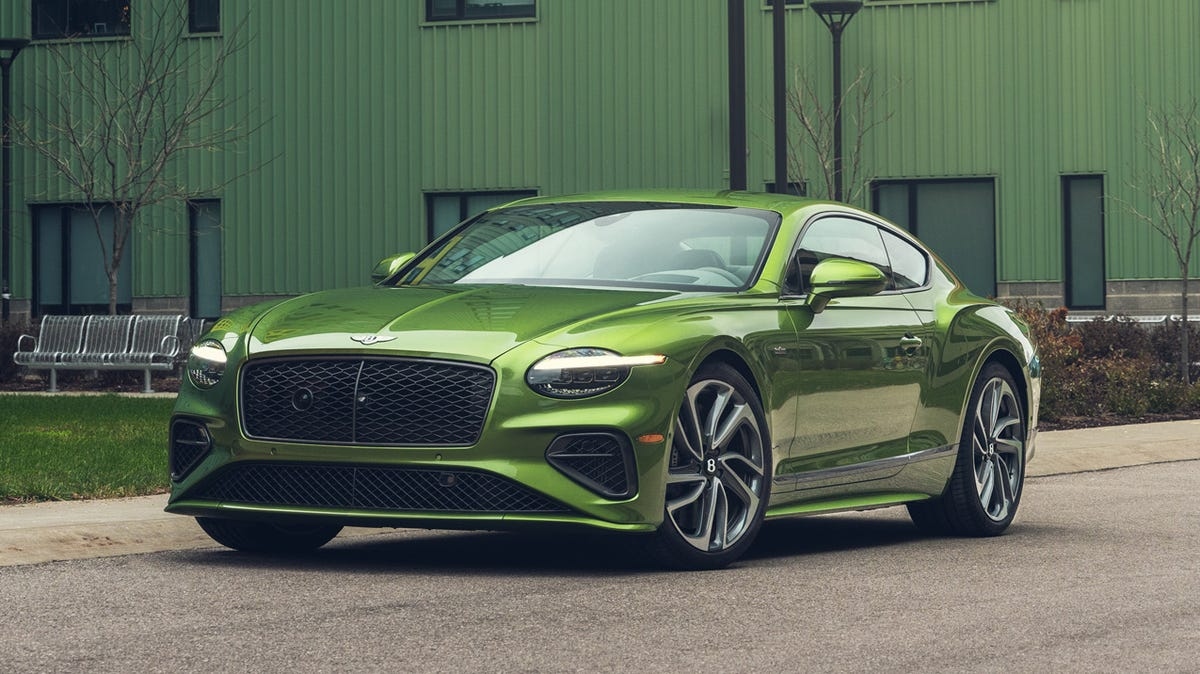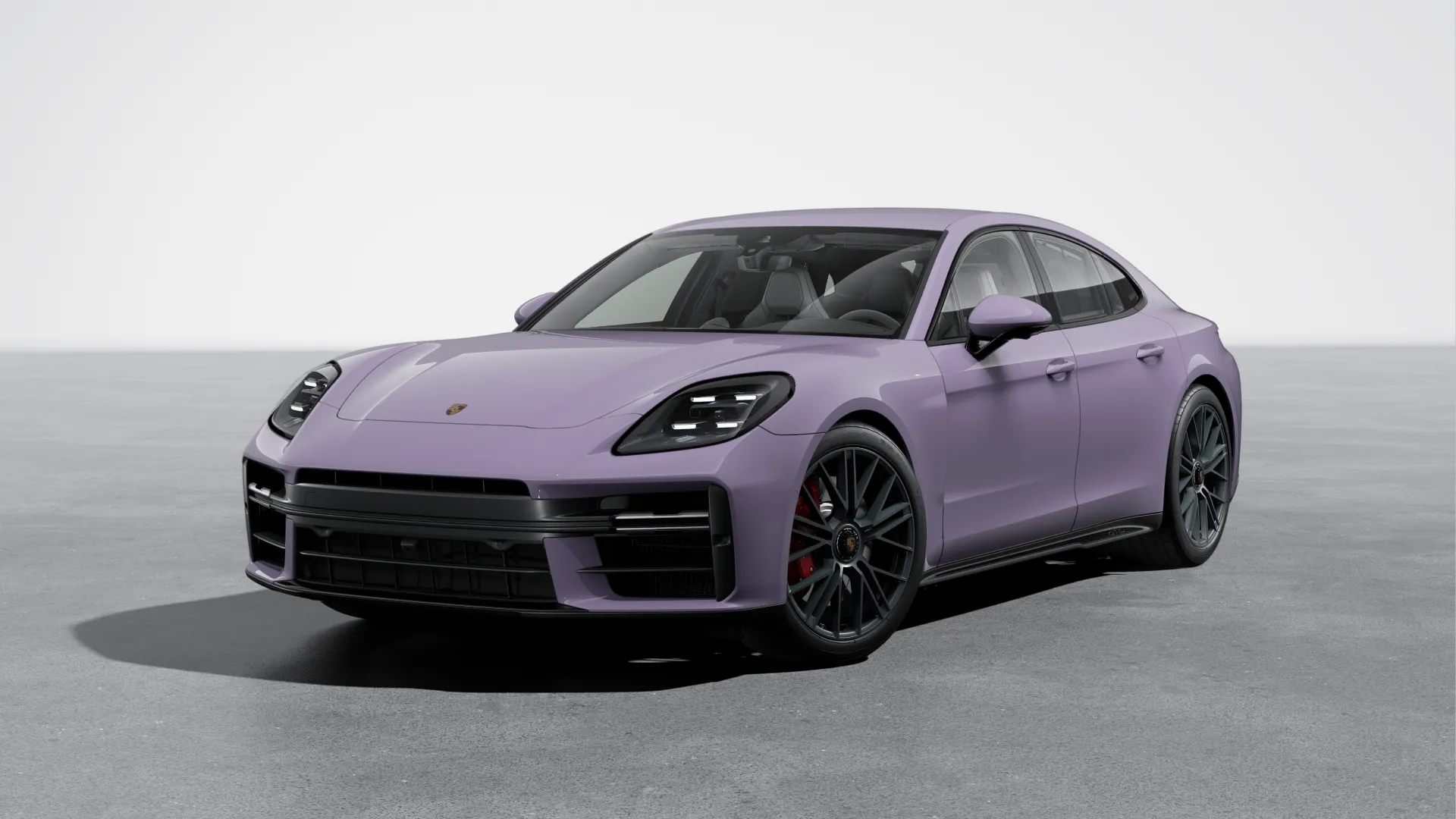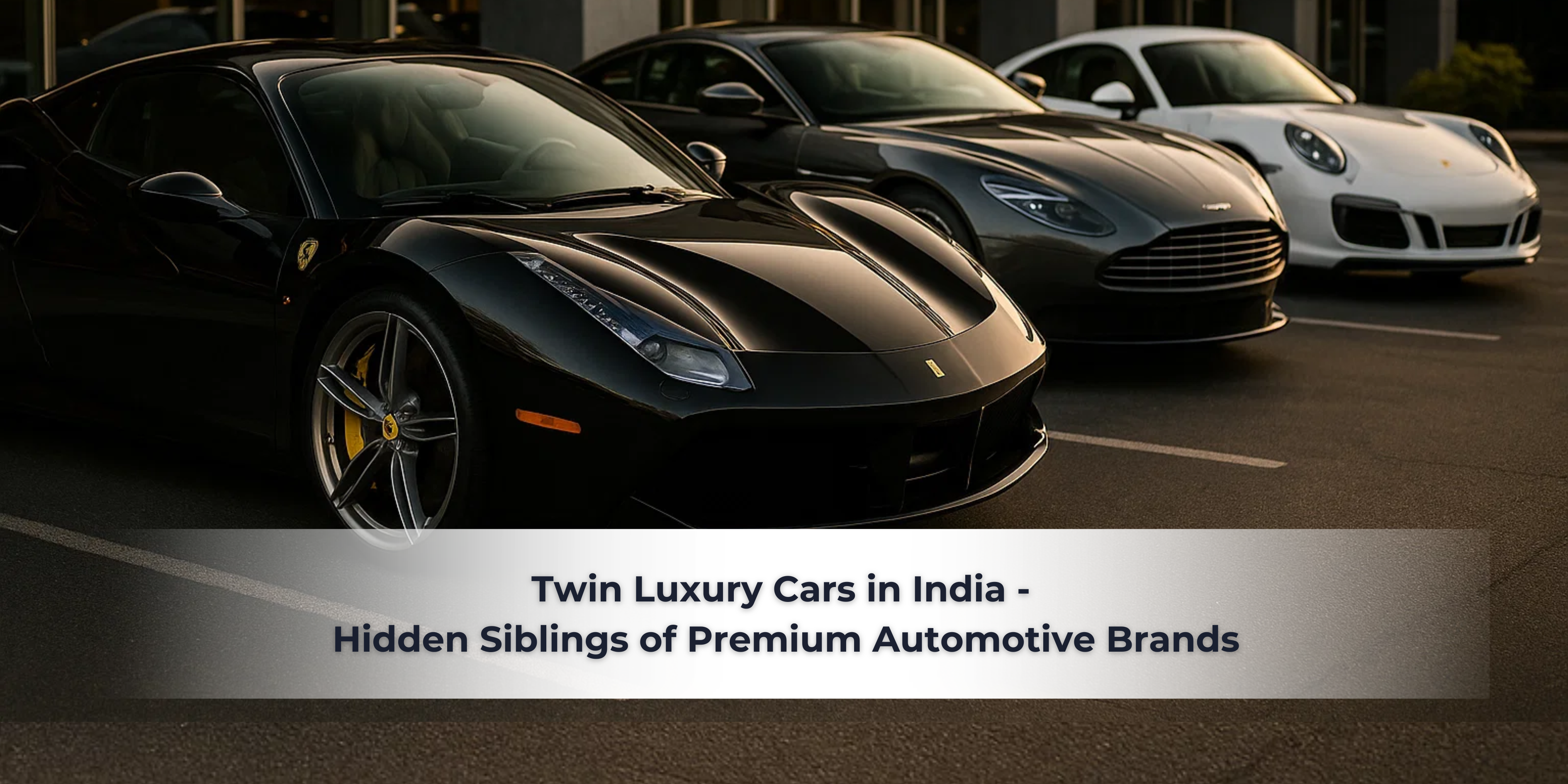Did you know that many luxury cars in India share their core DNA with mainstream models from other brands? From the Mercedes-Benz GLA and BMW X1 to their platform-sharing counterparts like Volvo XC40 Recharge and Polestar 2, India’s premium car market has several “twins” that blend shared engineering with luxury brand polish. This deep dive explores how carmakers smartly use shared, sophisticated platforms to create distinct and competitive luxury experiences for Indian buyers, ensuring both cost-effectiveness and reliable, world-class engineering.
The Concept of “Luxury Twins”
In the automotive world, it’s no secret that multiple car brands often share platforms, engines, and components under large global alliances (like Volkswagen Group, Stellantis, or JLR). This strategy allows manufacturers to reduce colossal R&D costs, enhance scalability, and bring cutting-edge technology to more models without reinventing the wheel.
In India, where import duties and R&D costs can run high, luxury OEMs often rely on these shared, highly-engineered platforms to offer competitive products while maintaining brand prestige and expected driving dynamics.
Let’s take a look at some of the most notable luxury car twins in India – and a few international examples built on the same foundations.
Top Luxury Car Twins in India

| Luxury Model | Platform Twin / Shared Architecture | Key Shared Highlights |
| Mercedes-Benz GLA | Mercedes A-Class Limousine | MFA2 platform, similar engine family (e.g., 2.0L diesel), FWD/AWD layout, and MBUX system architecture. |
| BMW X1 (current gen) | Mini Countryman (current gen) | UKL2 platform, shared 2.0L petrol/diesel engine family, transverse layout, and core sporty driving DNA. |
| Audi Q3 | Volkswagen Tiguan / Skoda Kodiaq | MQB A2 platform (specifically the long-wheelbase version for SUVs), shared 2.0L TFSI engine and quattro AWD system. |
| Volvo XC40 Recharge | Polestar 2 | CMA platform (Compact Modular Architecture), identical core battery and motor setup, and shared Google-based infotainment. |
| Jaguar F-Pace | Range Rover Velar | JLR’s D7a (now referred to as iQ[Al]) architecture, shared core chassis design, engines, and Pivi Pro infotainment tech. |
| Lexus ES 300h | Toyota Camry | TNGA-K platform (Toyota New Global Architecture), same 2.5L hybrid engine and planetary gearbox (e-CVT), with Lexus tuning for superior refinement. |
| Porsche Cayenne | Audi Q8 / Lamborghini Urus / Bentley Bentayga | MLB Evo platform, which forms the foundation for all large VW Group SUVs, varying luxury levels and performance tunes. |
| Land Rover Discovery Sport | Range Rover Evoque | JLR’s PTA platform (Premium Transverse Architecture), shared engine family (Ingenium) and off-road system architecture. |
| Mercedes-Benz GLS | Maybach GLS 600 | MHA platform (Modular High Architecture), fundamentally the same body shell and core drivetrain, but the Maybach is comprehensively re-engineered for ultra-luxury. |
How Platform Sharing Works
At its core, platform sharing means using the same structural foundation (chassis, drivetrain layout, and sometimes electronics) across multiple vehicles.
Luxury manufacturers then differentiate their versions through:
- Premium Materials and Bespoke Interiors: Extensive use of exclusive leather, wood, metal, and hand-finished craftsmanship.
- Enhanced Ride Quality: Unique tuning of the suspension (e.g., adaptive dampers or air suspension) and increased sound insulation.
- Advanced Technology: Exclusive software tuning, premium audio systems, and brand-specific driver-assistance features.
- Distinctive Design Language: Completely different exterior and interior aesthetics that maintain brand exclusivity.
This approach allows brands to retain exclusivity while optimizing engineering costs – a win-win for both carmakers and savvy buyers.
Global Luxury Twins You Should Know (Based on Current Platforms)
While not all are available in India yet, these global twins highlight the extent of platform sharing:


| Luxury Model | Twin / Platform Partner | Technical Note (Platform) |
| Bentley Continental GT | Porsche Panamera | Both are built on the VW Group MSB platform (Modular Standard Drivetrain matrix). |
| Aston Martin DBX707 | Mercedes-AMG GLE 63 | Utilizes an AMG-sourced 4.0-litre V8 biturbo engine and transmission, showcasing powertrain sharing. |
| Maserati Grecale | Alfa Romeo Stelvio | Both use the highly-praised Giorgio platform, differentiated by Italian luxury tuning and design. |
Why It Matters for Indian Luxury Car Buyers
- Cost-Effectiveness: Shared platforms allow luxury cars to be priced more competitively in a market with high import duties.
- Reliable Engineering: Proven, mass-produced components from mainstream models translate to dependable performance and easier, standardized serviceability.
- Luxury Differentiation: Even with shared bones, premium models deliver on advanced materials, acoustic refinement, and brand prestige that justify their premium pricing.
- EV Adaptation: Shared electric platforms (like Volvo-Polestar CMA and VW Group’s platforms) make luxury EVs more accessible and scalable for India’s market transition.
The Hidden Advantage – Value in Familiarity
Interestingly, these luxury twins often benefit from the familiarity of their mainstream siblings. For example, the Toyota Camry’s globally-proven, reliable hybrid system forms the backbone of the Lexus ES 300h, while Audi’s MQB-derived Q3 gains proven dynamics and reliability from the architecture shared with the VW Group’s popular SUVs.
It’s a subtle but powerful balance – mainstream engineering efficiency meets luxury exclusivity – that defines the new age of premium car manufacturing.
Conclusion: Twin Doesn’t Mean the Same
While many luxury cars share their architecture with models across a larger alliance, their engineering refinement, craftsmanship, and brand ethos elevate them far beyond their siblings. For discerning Indian buyers, understanding these underlying relationships helps make informed choices – whether valuing long-term reliability or craving that exclusive luxury experience.
Connect with the Motozite Team to discover which luxury car – or its powerfully engineered twin – fits your lifestyle, driving preferences, and long-term ownership goals.

